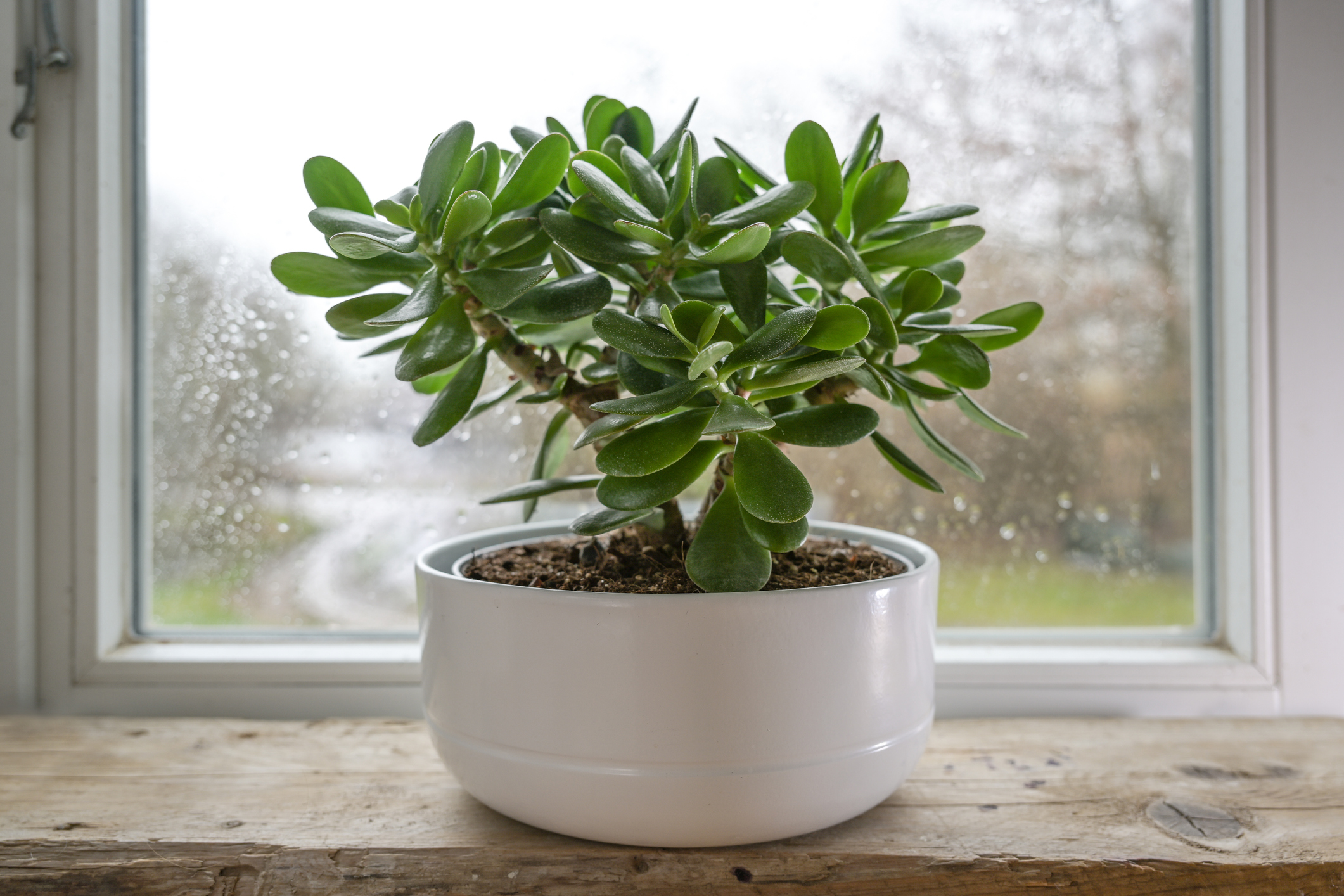On one hot summer day in August 2001, I walked into my first classroom as a teacher. I had been waiting my entire life to have a class of my own. And though this was a little different than what I had expected, I was excited to get started. I trained to be an agricultural educator, but geography limited my options and I began my educational career as a middle school science and social studies teacher.
But, true to my agricultural roots, I needed to have something alive in my classroom. So I went to the local discount store and purchased a small jade plant in a four-inch pot. Though succulent plants are a huge trend today, years ago this strange looking plant intrigued the seventh-grade mind. I would come into class and notice that leaves had been pinched, broken or punched with holes. And soon I realized that if my plant was to survive, I had to move it behind my desk where students could admire it from afar but not touch it.
After two years of teaching middle school, I received a call; I was being considered for a position teaching agriculture at a local high school. This also happened to be the same school where my newlywed husband was already teaching agriculture. It was a perfect situation for my career and our tiny little family.
I packed up my jade plant, which had begun to fill up its little pot, and we moved to high school.
Life was great. Our course numbers were growing, and our FFA chapter was a success. The greenhouse was thriving. And we were fundraising to build an on-campus livestock facility. Our family was growing as well. I actually found out that I was pregnant with our first child while I was at the National FFA Convention in 2005.
After my daughter was born, I began to notice that things like time and attention became much more uncomfortable to balance. I started to feel guilty because I couldn’t devote the same amount of time to my students and my school. At the same time, I felt as though I was sometimes putting my job ahead of my new baby. I was only one person, but I felt like I had to be a dynamic teacher, a superstar FFA advisor, a doting and attentive mother, and a loving wife. All of the things in my life pulled at me, and I was suffocating.
Even my little jade plant felt the strain. Its leaves began to turn yellow and wilt because I hadn’t had time to upgrade the pot. When I finally approached this task, I found a tangled mess of roots that just wound around and around the soil. It was as though they were trying desperately to spread out and survive. But they had been
bound by the small space to which they were confined. I felt so guilty, or at least I thought I did.
Guilt vs. shame
You bring a sensible and frugal lunch from home only to have your coworkers talk you into ordering takeout. But then, with each french fry, you feel a little worse about yourself. That’s guilt. It’s a little nudge that tells you that maybe the decision you’ve made wasn’t the right one for right now. In the appropriate quantities, a little bit of guilt may be a good thing because it can help us make more thoughtful decisions. Shame is another thing altogether, though, and that’s where I found myself.
Brené Brown, Ph.D., defined shame as an “intensely painful feeling or experience of believing that we are flawed and therefore unworthy of love and belonging.” There it was. That was me. I wasn’t feeling guilty because I missed out on an FFA officer meeting or fell asleep before the bedtime story one night. No, I was ashamed because I wasn’t enough. I no longer felt worthy of the attention and success that our FFA chapter received. My husband and teaching partner should receive those accolades. I saw my children’s accomplishments as things that they were able to do despite me, not because of me.
So, I started expanding my roles and responsibilities and trying to grasp at things that would make me worthy of the reputation I had built and the accolades I had been given. I felt like that plant, rootbound and desperate to find a safe space.
The funny thing about repotting a plant, though, is the pain involved in the process.
Back when I was a high school student, several poor-looking plants were donated to our school. But I was assured that time and effort would make them beautiful. I wasn’t sure. I thought they would never recover. Then I watched as my teacher took a sharp razor blade and sliced right through the roots, ripping and tearing them apart before resettling them gently. I was horrified! How in the world was this poor, broken and now injured plant going to survive? Little did I know that the brief pain would lead it to grow and flourish.
Burnout
Using what I’d learned in high school, I broke up the roots of that little jade plant and placed it into a bigger pot, where it thrived until it became rootbound again. I took a similar approach to my career. The more dissatisfied I was with myself, the more I grasped at every opportunity that came across my desk. I was looking for fulfillment. I tried to find something that would make me worthy, to make me feel like enough. In doing so, I became so entangled in activities and responsibilities that I felt rootbound. My carefully choreographed life left no room for mistakes and no time for self-care.
The social scientist Christina Maslach, Ph.D., has done extensive research on burnout, defining it as “a psychological syndrome emerging as a prolonged response to chronic interpersonal stressors on the job.” Clinically, it’s measured by a burnout inventory scored on three domains:
- Emotional exhaustion
- Depersonalization
- Low personal accomplishment
I recognized myself in this research. I was experiencing burnout. Life had become about going through the motions of doing more and more, year after year, in an attempt to fill the growing void. The thing about fire, though, is that at least one element of the fire triangle — fuel, heat or air — must be removed to stop the burning. I had to figure out how to take something away.
Stopping the burn
In early 2020, I decided that the following school year would be my last in the classroom. I didn’t know where I intended to go, but I knew that I wanted to help others. At first, that meant stepping aside to allow for new growth. And since then, two former students have returned to the community to teach. There’s a new sense of vigor in both the middle and high school agriculture programs.
As for me, I accepted a job as a career development coordinator in a neighboring school. Now I have the opportunity to support students and teachers along pathways to fulfilling careers. Further, because I had always wanted to go back to school, I enrolled at a local university and plan to receive a doctorate in education with a focus on school leadership in the spring of 2024. I’m learning to make sure that my actions align with my goals. Because my favorite part of my job is mentoring young teachers as they pave their own paths in education.
Oh, and what about the jade plant? It’s still in the greenhouse at my former school. I stopped trying to find newer and bigger pots because it grew so big that it was difficult to manage. Giving each of my students a leaf from the plant had more impact on my life and theirs. They placed the leaves in pots and, through care and nurture, created new plants of their own. That one little four-inch jade I purchased 22 years ago has produced literally thousands of new plants. This is the type of influence we should strive for — leaving little pieces of ourselves with each person we encounter. Only then can we find true satisfaction.
Kaye Harris is a career development coordinator at Kings Mountain High School in North Carolina. Prior to her current position, she taught agricultural education at Crest High School. She has served as both president of the North Carolina Agriculture Teachers’ Association and the North Carolina Association for Career and Technical Education. She is currently pursuing a Doctor of Education at Gardner-Webb University.








